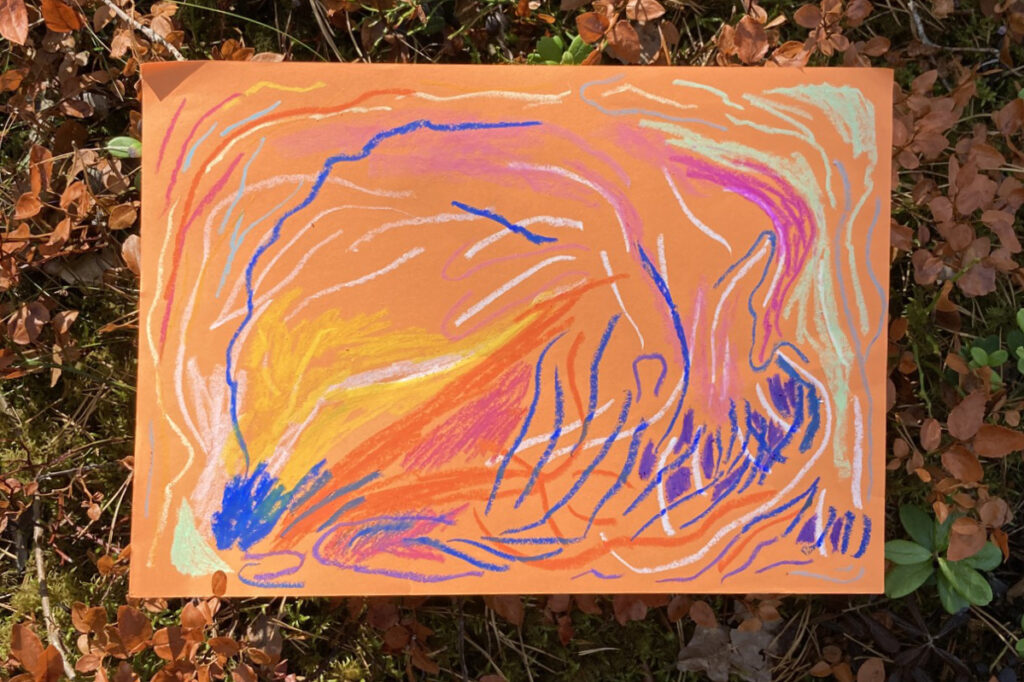
A Week On An Island With Trojan Horse – The Summer School Reader
Edited by: Ott Kagovere, Hanan Mahbouba, Jaroslav Toussaint, Arlene Tucker, Andre Vicentini, and Tommi Vasko
Texts by: Hanan Mahbouba, Marianna Maruyama and Arlene Tucker, Jaroslav Toussaint, Andre Vicentini, and Tommi Vasko
105 × 180 mm
134 pages
Edition: 500
Graphic design: Ott Kagovere and Keert Viiart
Published by Trojan Horse
ISBN 978-952-65706-0-0
2025
*
Welcome to the Trojan Horse Summer School publication! It’s our pleasure to have you visit the summer school through book format.
This book—just like the summer schools—is a collection of personal memories, reflections, and interpretations. Rather than documenting the thematics that arose, and what happened in the summer schools so far, our aim is to talk about the phenomena around and in between events.
Summer schools are always intense experiences. We live together outside for a week, sharing the usually quite sunny weather, as well as the everyday maintenance routines: preparing breakfast, doing the dishes, warming up the sauna, and taking turns organising workshops. After a couple of days, the group usually feels comfortable with each other. When the week ends, it feels sad to say goodbye. For a couple of weeks, the group chats stay active with pictures from the island and from home. And then slowly, everyday life takes over, and the intensity fades. Still every now and then, even after years of silence, a message might appear in the old group chat. Random memories from the island are likely to pop up just as heart, animal, and celestial emojis are attached to the message.
You can buy the book directly from us here. The book will be available in selected bookstores soon!















info@trojanhorse.fi / Facebook / Instagram